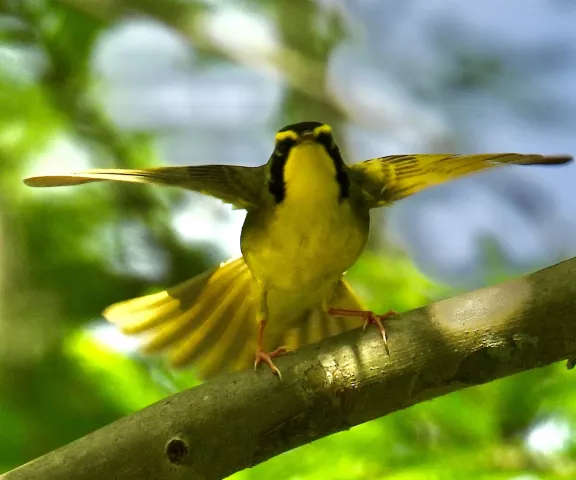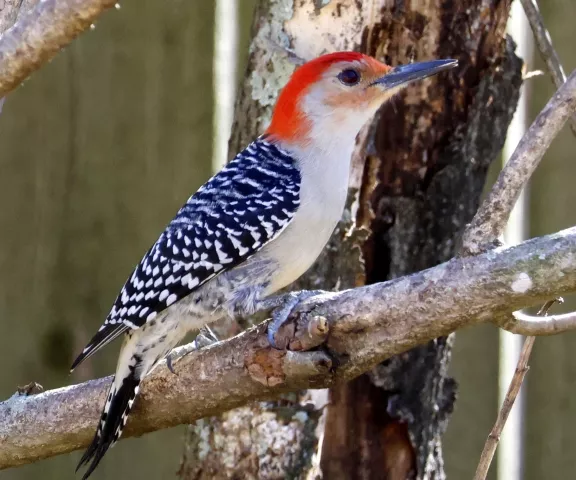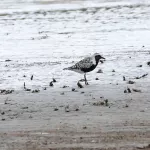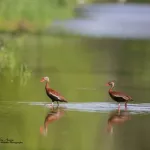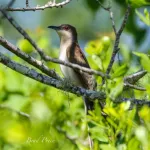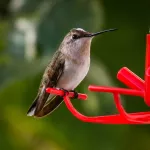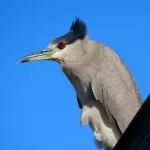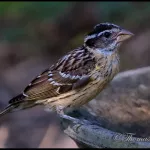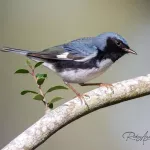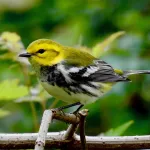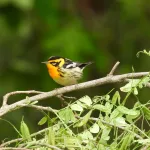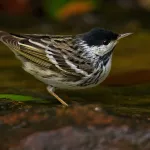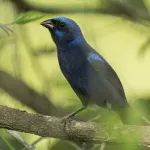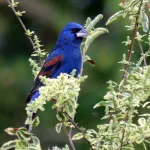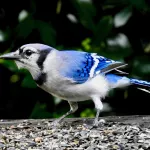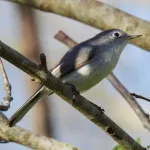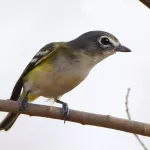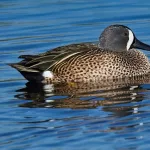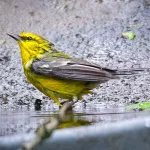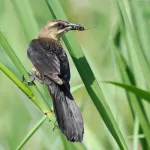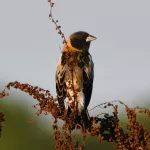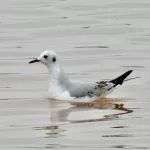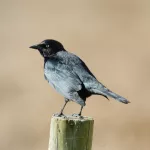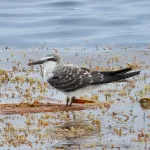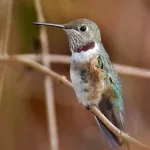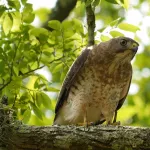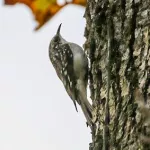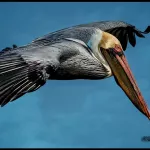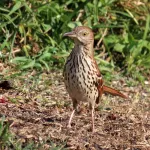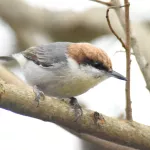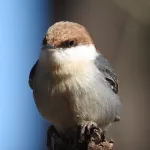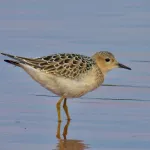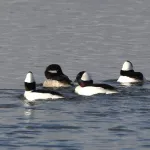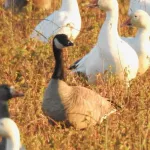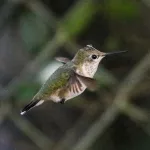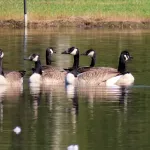The Louisiana Department of Wildlife and Fisheries has developed 13 waterfowl units in this wildlife management area. They are used by waterfowl, wading birds, and shorebirds. Wildlife viewing towers overlooking the waterfowl impoundments, along with the numerous sloughs, waterways, and grassy fields, create plenty of opportunity for excellent birding.
The WMA’s best open wetland areas are in the parcel north of Interstate 20. Expect lots of waterfowl in fall, winter, and spring, along with numerous wading birds in spring and summer–including Roseate Spoonbill and Wood Stork, especially in July and August. Look for open-country raptors, including Red-tailed Hawks, Northern Harrier, and Bald Eagle.
Ruby Road may be a first-time visitor’s best bet for forest raptors and songbirds. Bird along the road, windows down, and stop whenever you hear or see activity or pass a particularly inviting locale. Expected species include Mississippi Kite, Red-shouldered Hawk, Red-bellied, Downy, Hairy Woodpeckers, White-eyed, Yellow-throated and Red-eyed Vireos, Wood Thrush, and several species of nesting warblers, including Kentucky, Swainson’s, Hooded, and Northern Parula.
Smaller patches of cypress-tupelo gum swamp are distributed throughout the site. In such areas, look for Wood Duck, Barred Owl, Pileated Woodpecker, Tufted Titmouse, Prothonotary and Yellow-throated Warblers, and Northern Cardinal.
Amenities are limited to several parking areas and two primitive camping areas. Trails mostly follow bayous and pipeline rights-of-ways. The site is also used by hikers, paddlers, horseback riders, and nature photographers. While not generally handicapped-accessible, the site offers a special deer season for handicapped hunters.
